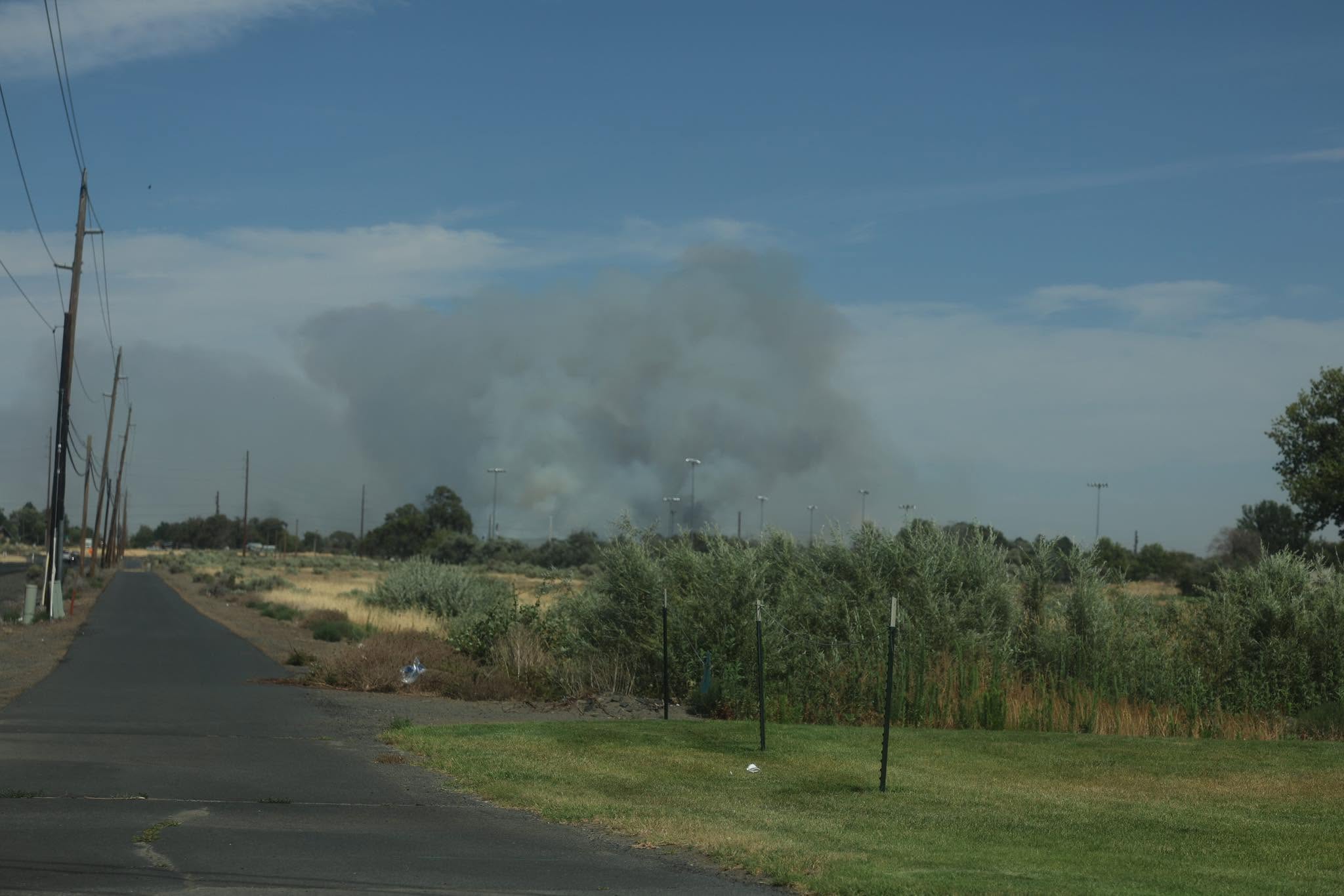Life on the Butte: Hairy gold-aster
Published 11:09 am Sunday, July 3, 2005
Scientific Name: Chrysopsis villosa
Facts: When all of the spring flora have about given up for the season, these little members of the sunflower family just keep on blooming. Bloom will continue throughout the rest of the summer months.
There are some differences of opinion in the scientific community about the correct name, with some authorities preferring Heterotheca villosa.
Hairy gold-aster tends to grow where soil is barren and few other desert plants can survive. Their typical habitat is the most arid and least likely places for a plant to find either moisture or soil nutrients.
They are a favored food of grasshoppers and similar pests, though they have very little value as forage for livestock.
On the Hermiston Butte, they are normally about a foot in diameter and less than a foot tall. Foliage is a dark dusty green, with stiff “hairs” on all surfaces. The lower leaves of the plant tend to be shed in winter months, while the upper leaves remain throughout the year.
The flowers are sunflower like, about the size of a half-dollar in diameter. Bright yellow in color, they have both ray and disk components. Flowers are on the ends of the branches and may be as many as seven per stem.
Hairy gold-aster is not endangered in Oregon or the Pacific Northwest, but is considered a plant “at risk” in some other western states.
Where to find: On the Butte, look for low lying plants and little yellow ray flowers in open, rough sandy areas, especially where few other plants are able to survive.









